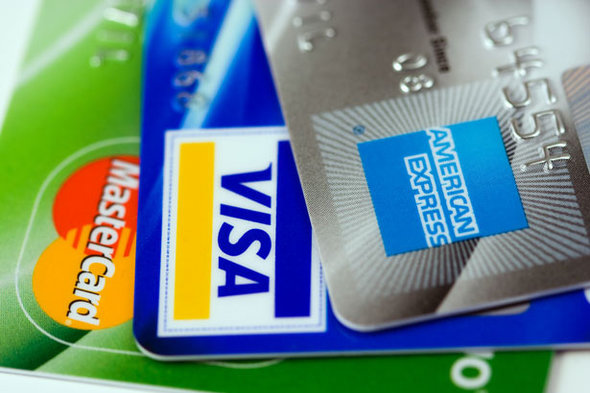A good credit score is vital to your financial health, especially if you’re planning on making a major purchase, such as a home or a new car. While most people know that the higher your score is, the better, they may not realize that they actually have more than one. While FICO scores are probably the most recognizable, there are a number of scoring systems that lenders use to decide how fiscally responsible you are. If you’re curious about how the different credit scores compare, here’s a rundown of the basics.
FICO Scores
Developed by the Fair Isaac Corporation, your FICO is a three-digit number ranging from 300 to 850. The first incarnation of FICO was used beginning in 1989, but since then the scoring model has undergone a number of changes.
The most recent involves FICO 9, which is slated to take effect sometime in 2015. Under this latest version, less weight is given to medical collection accounts that have been paid in full.
While most consumers gauge how they’re doing based on their general risk FICO score, lenders get a little more nuanced. For example, there are FICO scores that are specific to mortgage lenders and those that are used by banks when deciding whether to approve an auto loan application.
There are also scores for installment loans, credit cards and personal finance, for a total of six in all. Equifax, Experian and TransUnion, which are the three major credit reporting bureaus, take things a bit further and offer individualized versions of the FICO score.
Beacon and Pinnacle Scores
In the simplest sense, Beacon and Pinnacle scores are different names for the FICO scores sold by Equifax. Scores fall into one of five groups, depending on which version of FICO they’re based. Currently, the five subsets are Beacon 05, Beacon 96, Beacon 09, Pinnacle 1 and Pinnacle 2.
Related Article: 6 Things That Won’t Improve Your Credit Score
Each of the Beacon models features a general risk score along with four to six individualized scores. The Pinnacle models are based on FICO’s next-generation risk score. Altogether, it’s possible to have as many as 17 different scores through Equifax.
PLUS Scores
The PLUS scoring model is offered by Experian and ranges from 330 to 830, which is slightly lower than a traditional FICO score. PLUS scores are generally considered to be “educational” and are marketed to consumers as a means of monitoring their credit rather than being a tool for lenders to use in making credit decisions.
Generally, PLUS scores tend to skew a little higher, so it’s best to use them as a guideline if you’re trying to improve your score rather than accepting at face value.
Experian also offers other versions of the FICO score, including the Experian/FICO Risk Model 08 and the Experian/FICO Advanced Risk Score Version 2.0. Scores can be general risk or tailored to specific types of lenders, and there are a total of 16 to choose from.
TransUnion Scores
TransUnion also offers its own variation on the credit score. Currently, there are five different versions available to consumers and lenders, including the FICO Risk Score, Classic 08 and the FICO Risk Score Next Gen. In sum, there are 16 individual scores and they’re often grouped together under the label “EMPIRICA.”
Related Article: 6 Things Students Need to Know About Credit Scores
VantageScores
The VantageScore model is relatively new, but it’s quickly become one of the more popular scores lenders use to determine credit-worthiness. Developed as a joint effort by Equifax, Experian and TransUnion, the most recent version features scores that range from 300 to 850. With previous releases, scores went from 501 to 990.
This system uses some of the same factors to determine your score as the FICO model does, including payment history, the length of your credit history and your debt to available credit ratio. On the surface, they’re similar, but VantageScores are calculated differently, offering a little more flexibility in certain areas compared to FICO.
So What’s the Final Total?
The easiest answer is a lot, but if you’re looking for something a little more specific, it comes to nearly 60 once you add in all the different FICO versions and the VantageScore. Once FICO 9 rolls out, that should add a few more, bringing the tally closer to 70.
Related Article: How Closing a Credit Card Really Impacts Your Credit Score
Keeping up with all of the different scores you have is pretty much impossible unless you just have a lot of free time on your hands. Doing a few simple things, like paying your bills on time, maintaining low balances on your credit cards and limiting the number of times you apply for new credit can all work together to help you stay as attractive to lenders as possible.
Photo credit: flickr
